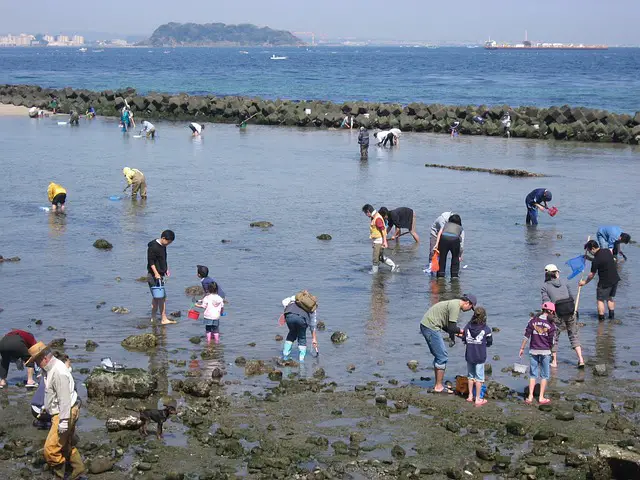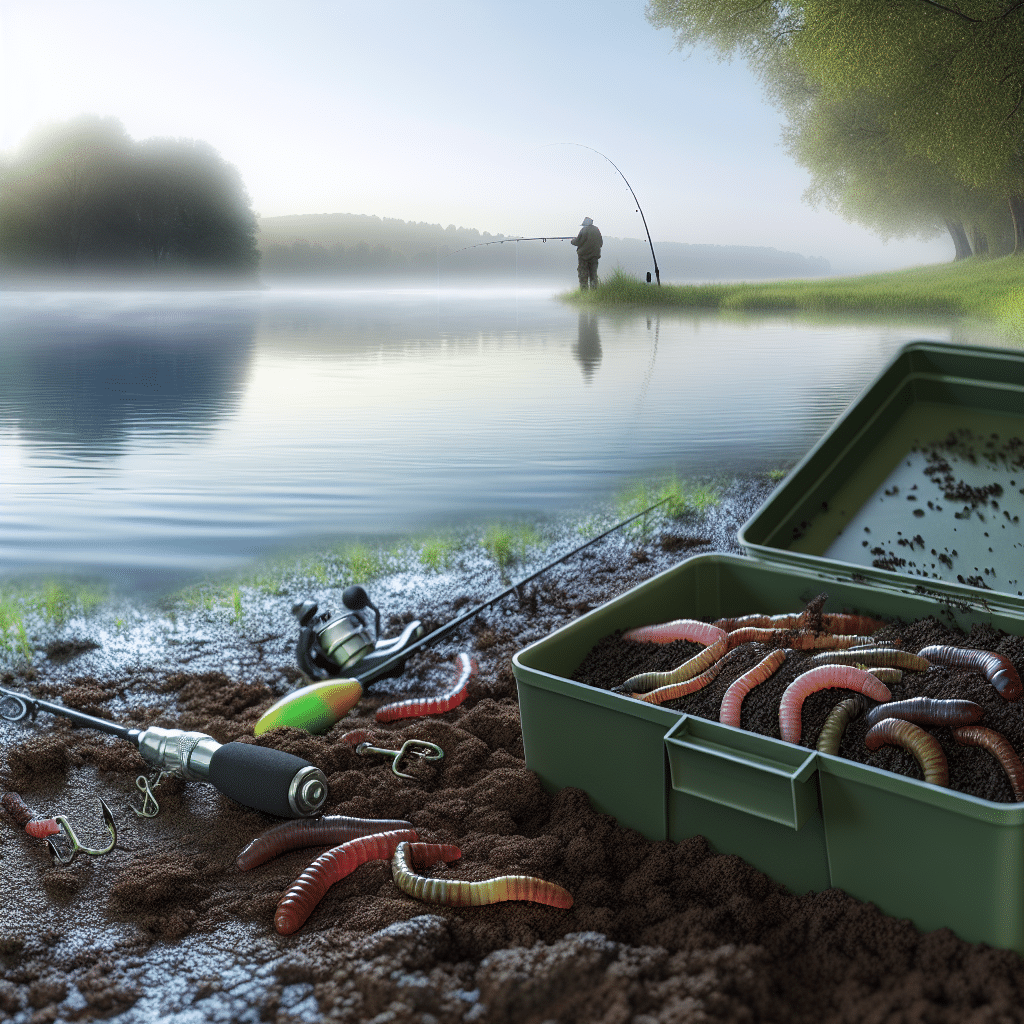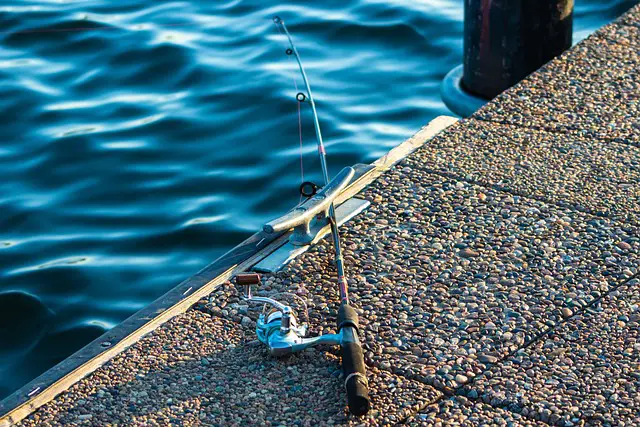Clam digging, or beach clamming, is an exciting recreational activity enjoyed by thousands of Washington State residents and visitors alike. Clam digging can be done year-round in many parts of the state, making it an excellent way to experience the area’s scenery and abundant marine life. Whether you’re looking for a shellfish dinner, a little bit of friendly competition, or just some quality time spent outdoors, beach clamming has something for everyone.

What Types of Clams Can I Find in Washington?
Clam digging in Washington State offers a variety of opportunities for harvesting different types of clams. Some of the most popular and sought-after types of clams in the state are littleneck, butter, cockle, and geoduck.
Littleneck clams are small and usually harvested from sandy beaches. They tend to be sweet and firm in texture, making them ideal for steaming or baking.
Butter clams are slightly larger than littlenecks and feature a sweeter taste. They can be found in sandy or muddy beaches, and they taste best when steamed.
Cockles are easily recognizable by their round, scallop-like shell. They are found in muddy bays and estuaries, and they are prized for their sweet flavor.
Geoducks are the largest of the clams, and they can be found in the lower intertidal zone. Geoducks are large and tough in texture, but their briny taste makes them a favorite in many restaurants.
Where Can I Find Clams in Washington?
The best places for clam digging in Washington State will depend on the type of clam you’re looking for. Generally, littlenecks and butter clams can be found in the intertidal zone along sheltered beaches. Cockles can be found in estuaries and bays, while geoducks can be found in the lower intertidal zone.
It’s important to note that clam digging is not allowed in some areas of the state, so it’s best to check with the local Department of Fish and Wildlife before heading out. In addition, some areas may have specific regulations in place regarding how many clams you can take home or how you should handle them while harvesting.
What Should I Bring on a Clam Digging Trip?
When embarking on a beach clamming trip, it’s important to come prepared with the right supplies. Here are some of the items you’ll need for a successful clam dig:
Safety Gear
It’s a good idea to bring along some basic safety gear, such as gloves, boots, and a flashlight.
Digging Tools
You’ll also need the proper tools for digging, such as a small shovel and a rake.
Harvesting Equipment
You’ll need something to put all of your clams in while you’re out on the beach, such as a bucket or cooler.
What are the Best Clam Digging Tips?
Clam digging is a fun and rewarding activity, but it can also be challenging. To ensure that you have a successful clamming trip, here are some tips to keep in mind:
Know the Regulations
As mentioned above, it’s important to familiarize yourself with the regulations in the area. Make sure you know which types of clams you’re allowed to harvest and what the limits are.
Go at Low Tide
Low tide is the best time for clam digging, as it exposes more of the beach and makes clams easier to find.
Grab and Go
When you spot a clam, it’s best to grab it and put it in your bucket right away. This prevents other clammers from taking what you’ve found.
Be Respectful
Clam digging can be a competitive sport, but it’s important to be respectful of other diggers and of the environment.
Conclusion
Clam digging in Washington State is a fun and rewarding recreational activity. The abundance of clams available in the area and the variety of beaches to explore make it an ideal destination for beachcombers and shellfish enthusiasts alike. With the right supplies, knowledge, and respect for the environment, you can have a great clam digging experience in Washington State.



